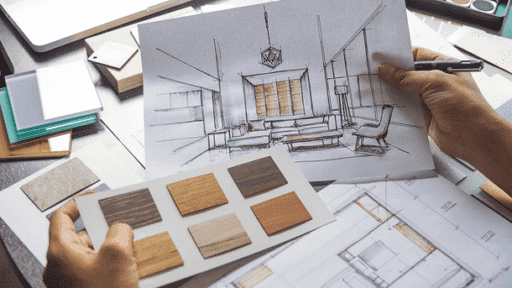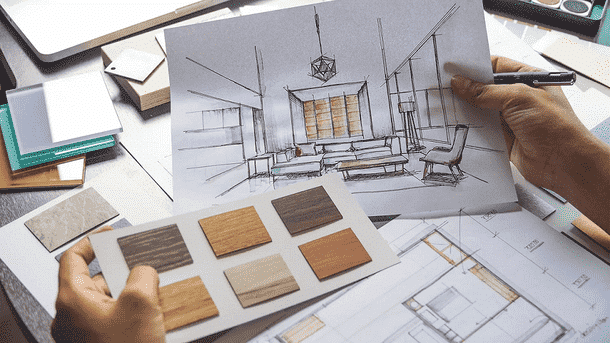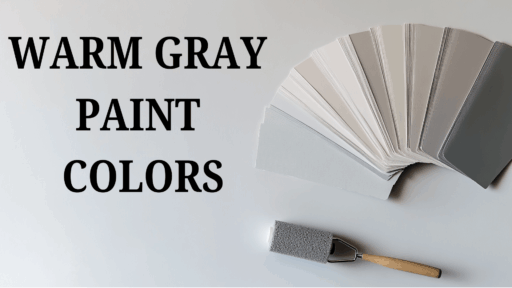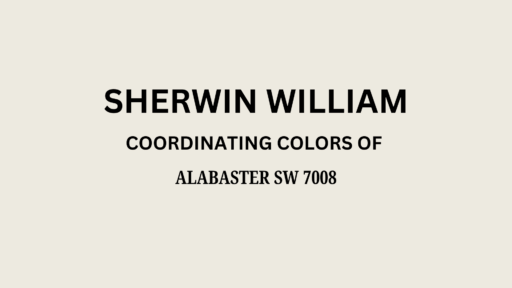Do you have an eye for colour, a passion for styling, and a Pinterest board full of dream spaces? Maybe you’re constantly rearranging furniture or helping friends choose curtains and paint colours. If so, interior design could be more than just a hobby. It might just be your next career move. But before diving headfirst into the creative world of space planning, lighting, and material palettes, it’s essential to understand what’s required.
An interior design course can open doors to a world of creative opportunities, but there are key things you’ll need first. Most programs require a blend of academic, innovative, and practical readiness. Some might ask for a high school diploma, while others look for a portfolio showcasing artistic flair. So what exactly should aspiring students bring to the table?
A Strong Foundation in Art and Design Principles
Visual thinking is at the heart of every successful designer. A basic understanding of design principles helps. Things like colour theory, balance, and spatial awareness come into play. Even if you haven’t studied art formally, creative hobbies can build these instincts. Drawing, painting, or digital sketching are helpful starting points. Knowing how to convey ideas visually is crucial in this field.
Most courses will teach these elements, but coming in with a head start helps immensely. Practising with sketchbooks or design software shows initiative. It also enables you to develop your creative voice early on. Think of it as learning the alphabet before writing a novel. The more precise your foundation, the more confident you’ll feel as projects get more complex.
Basic Computer Skills and Familiarity with Design Software
Modern design isn’t just done by hand anymore. Digital tools are the backbone of this industry. You don’t need to be an expert right away, but some essential comfort helps. Knowing how to explore a digital workspace saves time and confusion later. Most training will cover software tools from scratch, but early exposure gives you a serious advantage.
Even watching tutorials or experimenting with free design apps can help. It shows you’re ready to adapt to the tools that professionals use daily. Plus, learning software now means more time to focus on design during the course. It’s all about staying one step ahead. Being tech-savvy isn’t just a bonus—it’s becoming a necessity.
Communication Skills That Help Sell Your Vision

Design isn’t done in a vacuum. Whether collaborating with clients or presenting to peers, communication matters. You need to explain concepts clearly, both verbally and visually. This is where storytelling meets strategy. Can you sell an idea? Can you adjust a plan based on feedback? Those are valuable skills in every class and beyond.
Being able to speak about your work builds trust and professionalism. Whether it’s through mood boards, presentations, or simple sketches, your message needs to land. And that requires teamwork, clarity, and confidence. If you can share your thoughts with passion and logic, you’re halfway there. This is a people-focused industry, after all.
Curiosity and a Willingness to Learn Continuously
The design world never stands still. Trends change. Materials evolve. Technologies emerge. That means learning never stops. Being curious isn’t just helpful—it’s essential. A good student asks questions, stays open to new methods, and embraces creative challenges.
Whether studying lighting theory or building codes, an eager mindset helps you absorb information. You’ll need to balance creativity with logic and beauty with function. Read design blogs, visit showrooms, and follow industry leaders. Every experience adds a layer to your understanding. The more curious you are, the stronger your design skills will become.
Time Management and Organisation Are Key

Design projects often involve multiple moving parts—deadlines, client needs, material sourcing, and budgeting—which is why time management is critical. Even the most creative minds struggle without a structured approach. Courses typically include several projects running at once, often with tight timelines.
Knowing how to organise your workflow saves stress. It also improves the quality of your work. Create schedules, break tasks into steps, and stay ahead of deadlines. A little planning goes a long way. It’s not just about ideas—it’s about delivering them efficiently.
An Eye for Detail and a Passion for Problem Solving
Design lives in the details. From selecting the right fabric to calculating spatial dimensions, precision matters. It’s not just about what looks good—it’s about what works. That’s where problem-solving comes in. Attention to detail helps you catch potential issues before they grow.
It ensures that functionality matches form. Design isn’t always glamorous—it’s often about compromise and creative fixes. But if you enjoy working through challenges and finding innovative solutions, you’re on the right track. The little things make the most significant difference.
An interior design course opens doors to a world of creativity, challenge, and meaningful work. But stepping into this field means showing up with more than just a passion for style. You’ll need artistic instincts, digital confidence, and the discipline to stay organised. Communication, curiosity, and precision turn talent into results. So, if you’re ready to blend art and logic, it’s time to take that next step. The design world is waiting.








